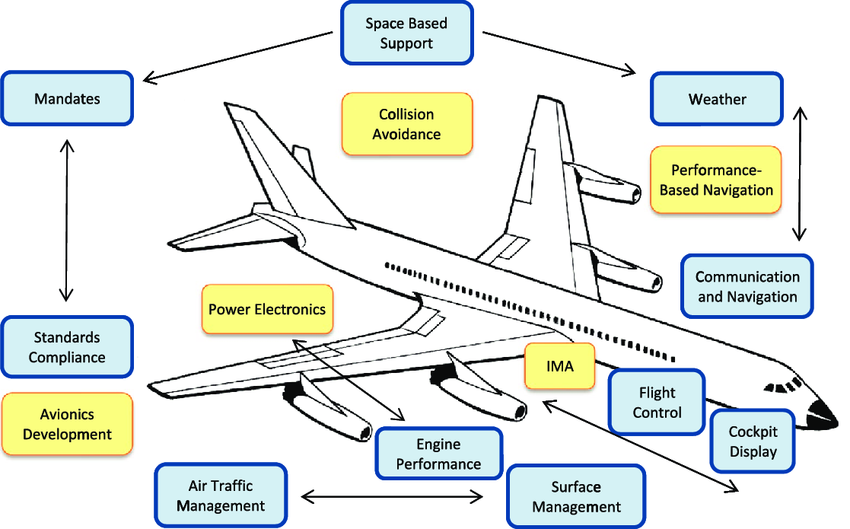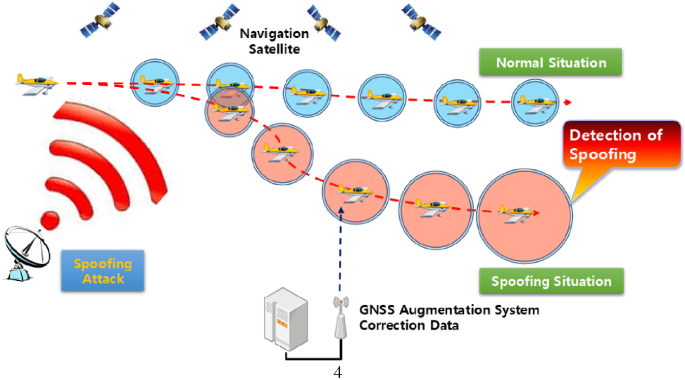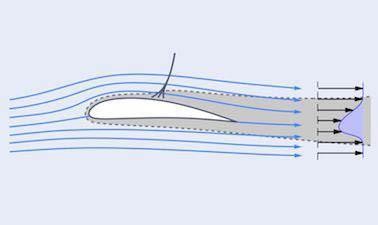The avionics industry is experiencing a period of transformation and new challenges. I was honoured to be part of such a discussion with industry experts. We were looking for answers to questions like future growth opportunities, challenges in commercial avionics sector.
Tag: avionics
Where does Outer Space begin?
The United Nations has historically accepted the Kármán line as the boundary of space. And while the U.S. government has been reticent to agree to a specific height, people who fly above an altitude of 60 miles (100 km) typically earn astronaut wings from the Federal Aviation Administration. Even the Ansari X-prize chose the Kármán line as the benchmark height required to win its $10 million prize, which was claimed when Burt Rutan’s SpaceShipOne became the first privately-built spacecraft to carry a crew back in 2004.
Thunderstorms
Thunderstorms are one of the most beautiful atmospheric phenomenon. As a pilot, however, thunderstorms are one of the most hazardous conditions you can encounter. Thunderstorms can produce severe turbulence, low level wind shear, low ceilings and visibilities, hail and lightning. Each of these hazards can be difficult to cope with; if all these conditions arrive at once, it can be disastrous. Understanding basic thunderstorm formation and structure can help you make safe decisions.
What Pilots should know about GNSS signal jamming or spoofing..
Satellite Positioning Systems like GPS, GLONASS, BeiDou, Gallileo can be the target of various attacks from basic jamming to more sophisticated spoofing of signals or even hard kill of satellites. While Jamming makes the GNSS unusable , Spoofing is a sophisticated form of RF interference which makes the receiver believe it is at false location.
What is Kollsman window?
Weather conditions greatly affect the pressure of the atmosphere (the barometric reading). Altimeters report altitude as a function of atmospheric pressure. Typically pilots will obtain a local barometric reading from the nearest airport. They will then set the Kollsman window to the setting that they received.
Flying at Night
This article provides generic guidance on flying at night for pilots.
Radio Telephony Restricted – 2
The professional license RTR(A) or Radio Telephony Restricted (Aeronautical) required for the use of communication equipment in an aircraft is the prerequisite for issue of pilot license in many countries.
Job Interview Questions for Pilots
What does a pilot interview include? What do you think defines a professional pilot? What kind of question can you expect during the interview?
Aspiring pilots: Aerodynamics Model Tests
Aerodynamics is the way air moves around things. The rules of aerodynamics explain how an airplane is able to fly. Anything that moves through air reacts to aerodynamics. A rocket blasting off the launch pad and a kite in the sky react to aerodynamics. Aerodynamics even acts on cars, since air flows around cars.
Radio Aids: Model Test Papers for Pilot Examinations
Radio Aids: Model Test Papers for Pilot Examinations








